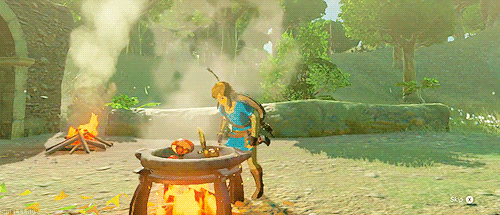There have been numerous articles, and even a Wikipedia page, written about the value of pair programming in the Agile process. As the adage goes, two heads are better than one.
But does the same hold true for software designers?
As designers, we work under different constraints than programmers. Pair designing may seem unnecessary given our success working on our own, or it may seem challenging due to our unique preferences for certain problem solving methods or design tools. It is also easy to forget about in the rush of a project, or when a single designer is assigned to each project.
Neverthless, I believe pair design is a great tool to have in your design toolbox. Why? It provides:
- More output in the time available. This may seem obvious, but with two designers working, you get more ideas per hour. In addition to each designer coming up with his or her own ideas, they can also bounce ideas off each other, coming up with new concepts that would not have surfaced without the collective brainstorming.
- Better quality output. Pair designing challenges us as designers to question our choices at times of critical decision making with someone who also understands the client’s domain. This is different than pair critique, in which another designer provides feedback while looking in on the project, and the designer has to justify his or her decisions after the fact.
- Validation of earlier decisions This practice provides an outlet for talking through difficult decisions sooner, rather than waiting for a critique at the end. It also offers a devil’s advocate early on, which helps keep biased decisions from sneaking into a more final wireframe or prototype.
- Increased confidence in decisions. Pair designing also gives us a chance to practice talking through our design decisions and fully rationalizing them before discussing them with the client. Also, as two designers have already worked through the design challenges, it is less likely that the client will come up with a monkey wrench that hasn’t been addressed yet.
- The chance to learn from each other. Pair design gives us a unique opportunity to share knowledge. Often, designers come from different backgrounds and have worked with vastly different clients. Working together gives us a rare moment to get free insight about situations we may not have experienced in our own design past.
- Creating a “unicorn designer” in a pinch. Pair designing may also help your team solve decisions crossing UX, UI, IA, and strategy without waiting for a designer who has all the skills in one package to come along. This is explored in Natalie Zawadski’s piece on Invoke.
I like to compare pair designing to eating and cooking in Nintendo’s Breath of the Wild. When the character Link eats a single fruit or vegetable, he gains a quarter or half “heart.” However, if he cooks even two fruits and vegetables together into a meal and eats them, the value goes up drastically, providing two to twenty “hearts.” This kind of exponential growth is also seen when adding a single designer to form a pair which can overcome complex experience or interface challenges.

In this analogy, ideas are the ingredients and pair design is the cooking pot.
Pair design is a valuable tool which provides quality output that benefits both designers and clients. It also offers a framework for evaluating decisions early on in the design process, leading to a better product overall.
If you are interested in learning more, come back tomorrow to learn about pair design methods and tips on when (and when not) to pair.

